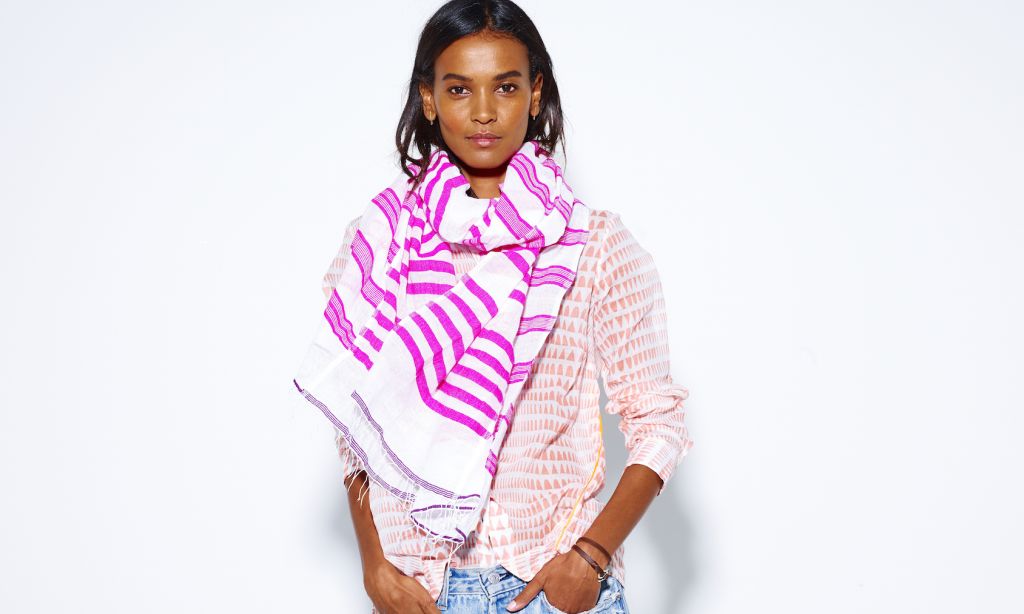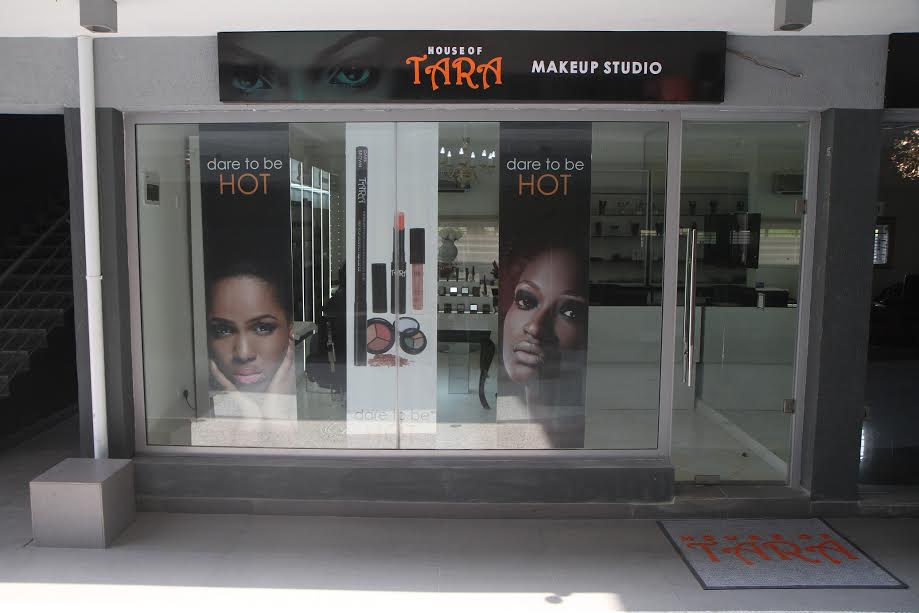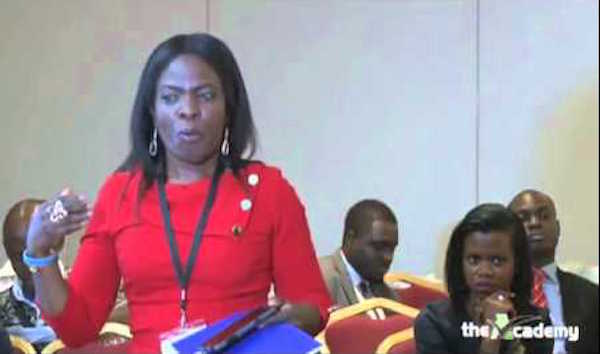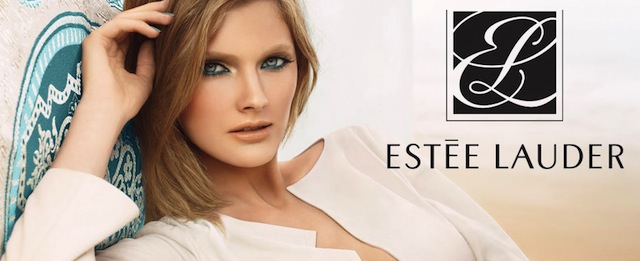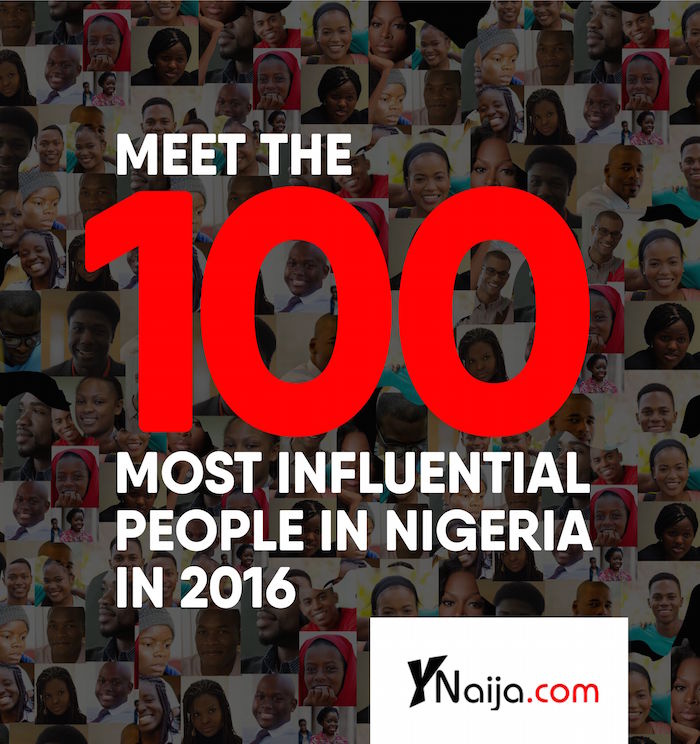 What is the current state of African Luxury Fashion? A few industry designers weigh in, in a series of articles published by Imran Ahmed’s The Business of Fashion.
What is the current state of African Luxury Fashion? A few industry designers weigh in, in a series of articles published by Imran Ahmed’s The Business of Fashion.
Putting Africa on the Fashion Map
“CAPE TOWN, South Africa — Vast tracts of the globe have been ushered into the fashion system over the past decade. The arrival of the Far East, the Middle East, Latin America and the former Soviet bloc have helped to redraw the fashion map and turn what was once a parochial, insular and Euro-centric industry on its head.
As a result, fashion today is a far more cosmopolitan and geographically diverse enterprise than it was a generation ago. Yet there is one region that still remains on the fringes of this otherwise global business: Africa.
Brimming with culture, creativity, talent, ambition and natural resources, but plagued by poor infrastructure, poverty, corruption, protectionism, bureaucracy and political instability, Africa is anything but straightforward or monolithic. And herein lies the most fundamental issue of all…” Full Story on BoF (Author Robb Young)
Elevate African Luxury Through Sustainability
“LONDON, United Kingdom — Africa has always inspired global style, as the archives of every international fashion house attests. But right now, thanks to the continent’s growing creative confidence, its best design talents are offering the industry something new — their own take on sustainable luxury. While Africa can’t yet compete with mature markets in terms of manufacturing on a large scale, it can shine by elevating its vast artisanal heritage to develop a fresh approach to handmade craftsmanship for discerning consumers worldwide.
In my view, it’s about redefining luxury through an appreciation of ethically made, beautiful objects that tell their own authentic stories. This is an area where Africa excels. As the world shrinks and resources dwindle, the industry is looking for original sources of unique goods. The continent’s diverse aesthetics and history of sophisticated dress naturally lends itself to this demand. Get the product and narrative right at the top of Africa’s fashion food chain and, that will set the bar for the rest of the world to follow…” Full story on BoF (Author: Helen Jennings)
Approach Africa with An Open Mindset
“ADDIS ABABA, Ethiopia — There is nothing quite like the open-air markets in Africa. They are saturated with colour and brimming with energy. It was during a walk through my favourite artisanal bazaar in Addis, filled with traditional Ethiopian weaving, that the idea first took root that I could cultivate a fashion line, right here in my hometown.
Lemlem means “to bloom” in Amharic and my philosophy in starting this line in Ethiopia was that Africa could give rise to a successful global brand that lays down a local value chain — revitalising international demand for traditional craftsmanship and creating jobs…” Full Story on BoF (Author: Liya Kebede)
Stop Waiting for the Perfect Moment to Invest in Africa
“LAGOS, Nigeria — Most people find change to be a challenge and I guess that’s natural in an industry where the African continent has long been out of bounds. Whether they cite corruption, geopolitical tensions or other reasons for not factoring Africa into the equation, fashion insiders do have some understandable reservations. But to relegate expansion into Africa as a project for the next generation — as some luxury brand dynasties have publicly said they intend to do — is simply not acceptable.
Although the African continent was once seen as a dumping ground for the industry’s cast offs, the gradual strengthening of some of Africa’s economies has paved the way for the continent to become a potentially viable market for high fashion. At the same time, it has also highlighted some of the hurdles preventing Africa from securing a highly coveted spot within fashion’s global system…” Full Story on BoF (Author: Omoyemi Akerele)
Tapping the $31 Billion Africa Opportunity
LAGOS, Nigeria — It’s tempting to see Africa’s potential through the extraordinary lens of a brand like Zegna when it first landed in Lagos, or by way of the glamorous lights of an Elite modeling competition in Luanda. But the firms that often have the clearest view on what it takes to better integrate sub-Saharan Africa into the global fashion world are those with a bigger African footprint.
Among them are Hugo Boss, Mango and Hearst’s new digital edition of Cosmopolitan.ng, which have been entering Africa from Europe and America, while local African e-tailers like Jumia, Konga and Spree are the pioneering force behind new regional market networks.Full Story on BoF (Author Robb Young)
Founded in 2007, Ladybrille® Magazine is a California based pioneer digital publication demystifying the image of Africans in the west through contemporary African fashion and celebrating the brilliant woman in business and leadership, with an emphasis on the African woman in the diaspora. Our coverage includes stories on capital, access to markets, expertise, hiring and retention, sales, marketing, and promotions.

